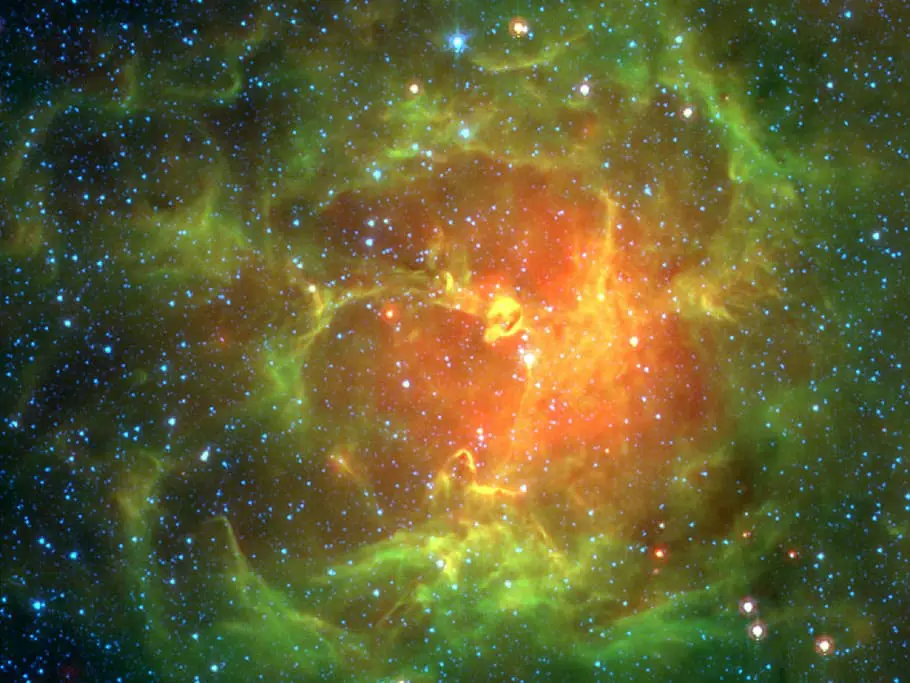In the past, people had been searching for answers to the mysterious formation of our solar system however, the uprising of scientific study allowed them to create models to uncover the curiosity. Nebular theory was first proposed in 1734 by Emanuel Swedenborg, a Swedish scientist with occupation as mining engineer, anatomist and astronomer which is widely accepted among the science community and the world. Starting from 16th to 18th centuries, astronomers and other physicists began to formulate evidenced-based explanations of the formation based on this theory.
Nebular theory is the theory used to describe the evolution of our solar system. It states that the Sun, the planets, and all other objects in the Solar System formed from nebulous material billions of years ago. The word “Nebula” is a Latin word which stands for cloud as well in the scientific term, it is an interstellar cloud of dust, hydrogen, helium and other ionized gases.
The nebular theory, which was developed in the 18th century by the Swiss astronomer, Philippe Loys de Chéseaux, and the French mathematician and astronomer Pierre-Simon Laplace, is one of the most fundamental of all astronomical theories. The nebular theory explains how our solar system and other planetary systems are formed from interstellar matter, also known as cosmic nebulae. It explains how planets, comets, and other objects in our solar system came to be through the gravitational collapse of gas clouds. This theory also works on macroscopic scales to describe how some galaxies form and grow throughout billions of years.
So, our solar system began as a form of giant clouds of interstellar gas and dust and most likely left over from a previous supernova. Then, about 4.57 billion years ago, something unusual happened which the nebula started to collapse and condense, it was believed to be cause by the passing star or shock waves from a supernova which result in a gravitational collapse at the center of the cloud. The spinning nebula collected the vast majority of material in its center continuously as well as increasing its temperature to the point where most material ended up in the ball at the center and the rest of the material would form into the protoplanetary disc. The protoplanetary disk is an accretion disk which formed planets.
Within the nebular collapse, the three processes of rising in temperature, fast spinning and disk flattened of solar nebular resulted directly with the orderly motions of our solar system today. Originally this theory aims to explain the origin of the Solar System, but throughout time, it has gone on to become a widely accepted view of how all-star systems came to be.
All nebulae fall into one of two categories, emission and reflection. Emission nebulae emit their own light, usually as a result of ionized hydrogen, which glows as Hα at 656.3 nanometers (nm). Reflection nebulae are more diffuse than emission nebulae and reflect light from nearby stars. Objects in reflection nebulae have no inherent illumination of their own. Nebulae can also be classified by morphology. A planetary nebula is so named because it looks like a planet when viewed through an astronomical telescope; they’re round with little structure. The Cat’s Eye Nebula is an example of a planetary nebula, shown below. The ring around it is caused by interactions with its neighboring stars.
When two pieces of ice collide, they tend to stick together, which is called an impact. When ice collides with air molecules and other objects such as dust grains, it’s known as an impact collision. Particles move in all directions from a central point. The particle with more kinetic energy tends to have more influence on those around it than particles with less kinetic energy. In comet collisions, water vapor is released along with carbon dioxide and oxygen and nitrogen when ice collides with rocks.
![]()
